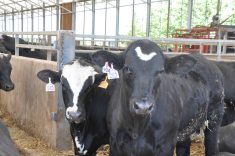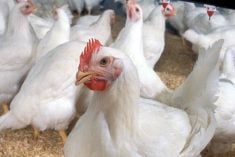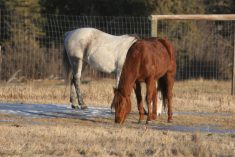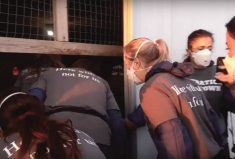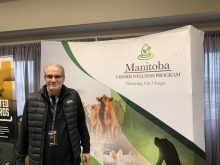There’s this moment I think sums up my year well. It was October, and in the span of a few hours I, a) booked off time to go deer hunting and b) registered to go to an animal rights conference.
It did break my brain a little.
This year Co-operator editor Gord Gilmour advised me I needed to get out of my comfort zone as a reporter. I think he meant markets, grain movement and the like.
Instead, I waded into a number of fraught debates. Did I get out of my comfort zone? Did I ever.
Read Also
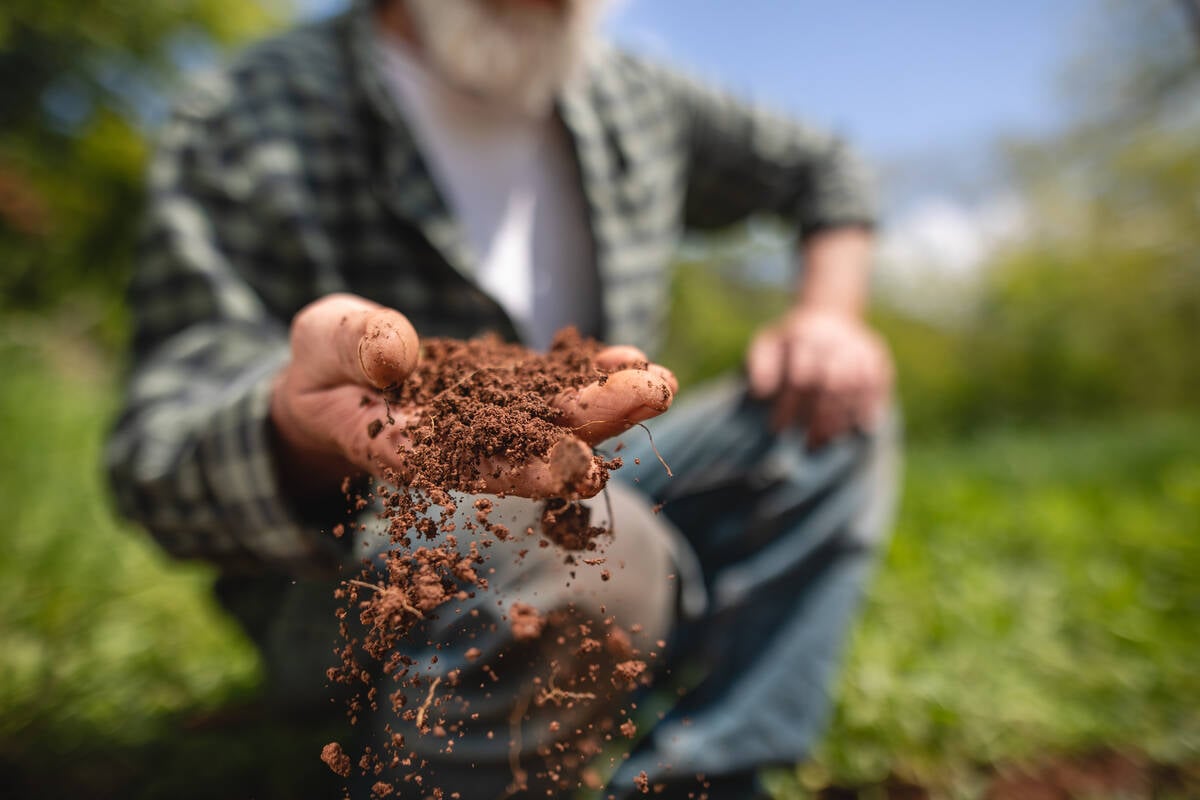
Finally getting paid for sustainable farming?
Alberta project says they might have a line on a workable ecosystem credit model to reward farmers for sustainability, and Manitoba might be next
Animal Law
Bill 62, which requires people to get permission to enter a biosecurity zone or interact with animals in that zone, passed this spring and came into effect later in the year.
Animal rights advocates were unhappy. No surprises there.
On examination, there were indications the law might have unintended consequences. For instance, some research indicated people felt less trust towards farmers once similar laws are explained to them, likely because farmers looked like they were hiding something.
Activists also blasted ag groups for pushing for these laws in the name of biosecurity. There was no evidence that activists had ever caused a disease outbreak, they said, and experts like Canada’s chief veterinary officer backed this up.
It was this case that led me to (with great anxiety) sign up for the Animal Law virtual conference, hosted by advocacy group Animal Justice, in October.
I expected they’d speak about Bill 62 and other ‘ag-gag’ laws. They did. I came out with a quick story on the downfall of a federal ‘ag-gag’ law, and a greater understanding of what drives these folks toward activism.
The ‘farm wife’
In October, an angry Twitter conversation caught my attention. Former farmer and ag professional Megz Reynolds asked why people still pushed the “‘farm wife’ narrative,” which she said reduced farming women to extensions of their husbands.
Some women agreed with Reynolds, others did not. However, what caught my eye was the vitriol some hurled against Reynolds’s character (some of it unprintable). Clearly “farm wife” provokes feelings.
I reached out to some women and ag to get their thoughts. Did they like or dislike the farm wife title? Did they feel like a second-class citizen on their farm? In their industry?
I got some very thoughtful responses from the women. They honoured their predecessors, who were backbones of the farm home, and yet they wished for greater respect and equality within today’s ag industry. For instance, women who farm are far less likely to be farm owners and therefore often aren’t eligible to vote at commodity group meetings.
The push-back the initial tweet received was worrisome. Some women were worried about talking to me because they’d been harassed before and didn’t want to attract undue attention. I was also anxious about what would show up in my inbox.
Nevertheless, it was a worthwhile conversation to have as it showed how the farming community has grown and where more consideration is needed for gender parity.
Is Hay West bad?
Finally, I looked at a heartwarming historic story and asked, “Was this actually bad?”
As drought slammed the Prairies and withered forage, farmers in the East had a bumper crop of bales. With the Canadian Federation of Agriculture at the helm, they started to revive Hay West, a campaign to bring bales from east to west that won hearts in 2002.
It was hard for critics to pan the sheer altruistic will of the 2002 organizers, including father and son team Willard and Wyatt McWilliams who saw distressed farmers on the news and kicked off the movement.
Yet the economics of the campaign drew ire from ag economist Danny Le Roy in Alberta, and the late ag columnist Paul Beingessner. For the price, the result was trivial (about 30,000 tonnes to 1,400 people). They felt the considerable federal cash expended would be better off elsewhere.
I tracked down Le Roy along with Bob Plamondon, a writer and financial adviser who worked on the original Hay West campaign, to see what they thought now as Hay West was revived.
Le Roy hadn’t changed his mind. He said people must remember that there’s a big difference between private charity and charity that’s dependent on taxpayers.
The 2002 campaign distributed hay via lottery, Le Roy added. This meant essentially government aid was given out via lottery, which he called “peculiar.”
The CFA is not distributing hay via lottery in 2021. It has received $4 million in federal funding.
Plamondon’s take was similar to the 2021 campaigners rallying cry: solidarity. Hay West 2002 was about farmers rallying to help hurting farmers know they weren’t alone. It also lifted the suffering farmers’ profile in a case where (unlike today) government assistance was minimal.
It’s hard to argue with the anecdotes — from the bales that came with a note of encouragement from a Quebec farmer (kept all these years), to the time Hay West volunteers came to the aid of a rancher who was on the verge of suicide.
Did the end justify the means?
In every one of these stories, I don’t have a definite answer. I don’t fall on a definite side. As a reporter, I’m not paid to have an opinion anyway.
What these stories taught me is that despite the pain, brain strain and anxiety it causes, looking at the other side of the story always has some merit. At best, you come out with new acquaintances, and if nothing else, you emerge with a greater understanding of the world we live in.




